Tools You Didn't Know You Needed
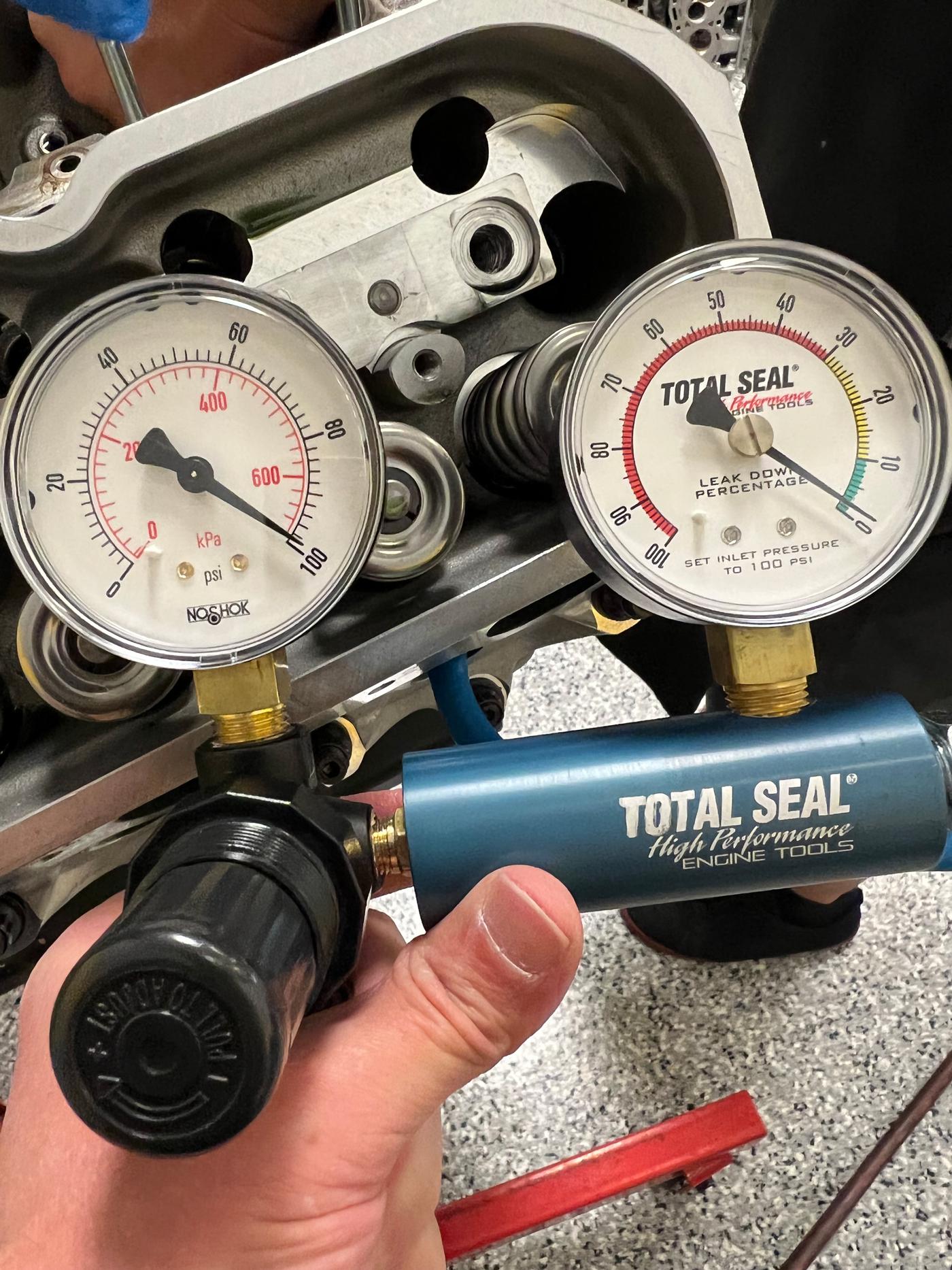
Photo courtesy of Total Seal
Looking for the right tool to complete the job? These latest solutions can ease the rigors of engine building, engine swaps, and more.
By their nature, racers are pretty organized people. They pull away from their shops en route to the track aboard stacker rigs that have components compartmentalized for every conceivable purpose—almost. Whether it’s at the workbench or in the pits, people in motorsports invariably experience moments while struggling with a task when they wish that a tool existed that gave them added leverage, accessibility, or solved an unforeseen problem.
It’s a commonly shared dilemma and, thanks to research and development efforts in the hardcore components industry, solutions to pit-side and preparation crises exist in significant numbers today. Whether a racer is building an engine or even contemplating an unorthodox engine swap, there’s a range of equipment available, much of it newly developed, that can considerably ease prep work and eliminate guesswork. The tool and equipment element of the racing industry has been working overtime on solutions.
FOR THE ENGINE
Engine builders have a welcome resource in Bonefied Tools in Lowell, Michigan, which is an operating unit of engine shop Bonefied Customs. Jamie Hamm pointed to Bonefied’s hydraulic cam bearing installer as its most popular recent offering, one that eliminates the old caveman-like methods of forcing a bearing into place.
“The cam bearing tool is becoming wildly popular; a new spin on an old craft,” Hamm said. “Everyone has the cam bearing tool where you would pound it in with a hammer; that’s the old standard. Everybody’s been doing that since the beginning of time. Mine does it by holding the cam bearing in place hydraulically, and almost effortlessly, without damage to the bearing. Hydraulic function is part of the tool, and it’s hand operated, so there’s no air and no electricity. It’s just a little hand pump that the drawbar connects to that goes through the block. Depending on the operator, you can do it as quickly as the old hammer smash method, but the advantage is that there’s no shock force or damage as when you bludgeon them in with a mallet.”
Pounding the bearing in with the old-fashioned brute-force method can force engine builders to use a bearing scraper to smooth out the surface so the camshaft will fit properly. “The tool’s only been out a few months,” Hamm added. “I just happened to be in a social media platform, and one person saw it, then another saw it, then it got into the hands of a lot of social media people who have followers, and that’s when it really took off. We estimate there are close to 100 units in the field, targeted at the professional engine builder. This is not a tool that your shade-tree mechanic would have, it’s a professional tool. Some people say they’ve been using hammers for 60 years. That’s dinosaurs using dinosaur tools.”
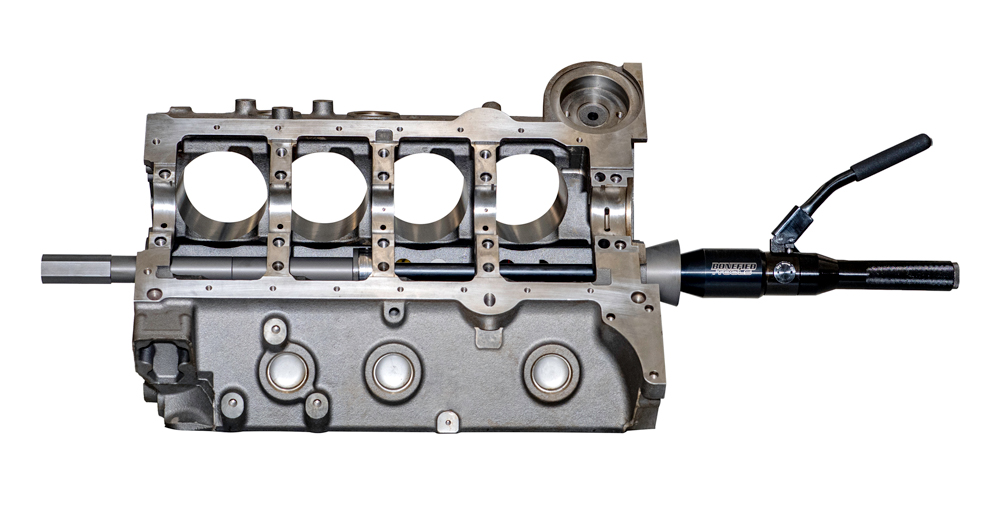
At Total Seal in Phoenix, Arizona, Lake Speed Jr. is employed as a tribologist, an expert in friction and lubrication. One tool Total Seal offers, which some engine people tend to miss, is a leakdown tester, which he said used to be commonplace but has become more unusual, or atypical, due to engine material advances in recent decades. “The old-school guys do it because they’ve always done it, but the new school hasn’t, so they don’t. That’s the dichotomy we’re seeing.”
The leakdown tester operates on compressed air, which most teams have by the tank in their haulers. The test hose screws into a spark plug hole, and the cylinder is rotated to top dead center. Speed said the next step is to pump 100 psi of air into the cylinder and see how much it holds. “The differential pressure is the amount of the leak,” he said. The number should be less than 10% with conventional gapped piston rings, or possibly 5% with gapless rings like Total Seal produces. “If everything’s less than 10, we know it’s good. But if you get one cylinder that’s 20% or 25%, whoa, something’s going on with that cylinder. It can’t tell you what’s wrong, but it alerts you. If you catch a problem first, it saves you money.”
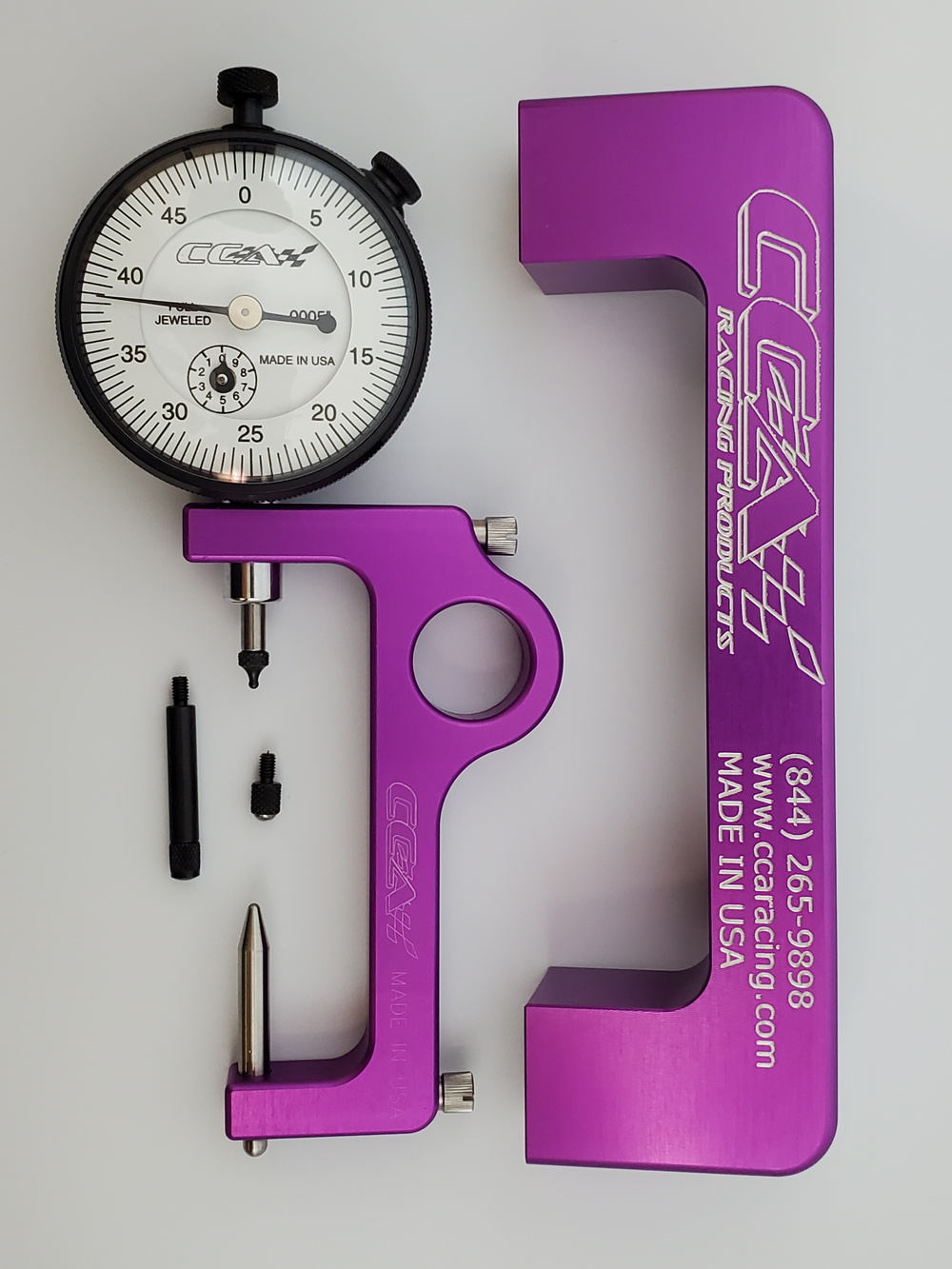
More assistance for engine builders comes from CCA Racing Products, located just outside Milwaukee, Wisconsin. Mike Gallo described one such tool as a magnetic deck bridge, which is basically an indicator stand that stretches across a cylinder bore. “A lot of guys will use it to determine top dead center when degreeing a cam, and for checking deck clearance because you can easily slide it across the deck to check depth versus piston heights. You can also check piston rocking to see how much the pistons are moving in the bores. Those are the main things that the deck bridge does. It’s going to be on the engine building side of things unless you decide to pull the heads at the track. This is something that’s going to be used more in the engine shop.”
Having a connecting rod bolt fail can be an immediate death sentence for any high-dollar racing engine, which is why CCA Racing Products also offers a critical gauge that precisely measures rod-bolt length to determine if the component is being stretched by kinetic forces. “The rod bolt gauge is used for the final tightening of the connecting rod bolt,” Gallo said. “It measures the actual stretch of the fastener as it’s being put under load. All of the rod bolt manufacturers will have a specification for that. Torque angles are commonly used now, but stretch is kind of the final arbiter of things, because it’s a real physical measurement of what’s happening with the fastener. From that, you can tell the exact clamp load. You can use it if you’re doing teardowns at the track, but mostly it’s when you’re putting your engine together. It measures the actual stretch of the fastener as it’s being put under load.”
CCA’s bolt tester is available without a dial indicator, or with indicators purpose-built in the United States by Chicago Dial Indicator. “It’s small enough that it allows you to get inside a girdled main area like the import guys have,” Gallo said. The tester also offers a digital readout for situations where a larger gauge doesn’t fit or is otherwise inapplicable.
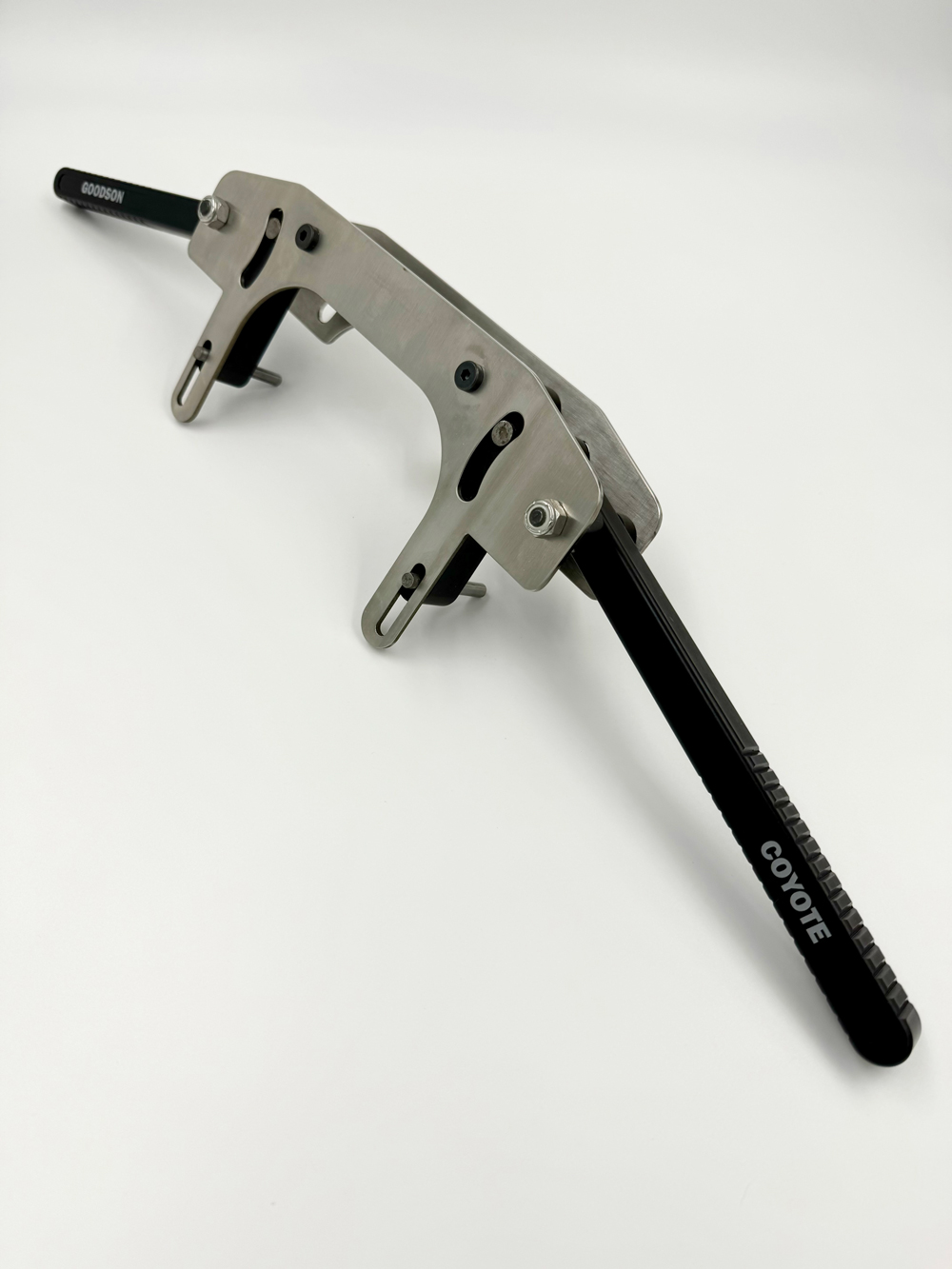
The world of aftermarket performance has seen the Coyote engine produced by Ford emerge as a favorite among engine builders for both street and track purposes. Richard Orlikowski of Goodson Tools and Supplies in Winona, Minnesota, said the Goodson team was hearing growing complaints from engine builders who were struggling to remove Coyote main bearing caps. The solution turned out to be elegant.
“We came up with a main cap puller for the Coyote engines after engine builders approached us with the idea of doing it,” he said. “I think it’s an underrated tool that people don’t think they need to invest in. If you’ve tried pulling a main cap off without digging up the bore or any other part, you really can’t do it easily without a good pulling tool.”
Goodson is a warehouse distributor that buys the puller from its producer and resells to both racers and shops. The company plans to introduce cap pullers for the Big Three of American performance V8s, adding units for the GM LS and the Mopar Hemi to the Coyote tool.
PROFORM Parts in Warren, Michigan, offers a host of tools aimed at both engine preparation and chassis tuning. Ryan Salata cited the company’s piston ring filer, which Salata said is “mostly used as an engine shop aid because you wouldn’t be checking your rings at the track. The filer has a dial indicator, because you want to get the same resistance number on each of the rings. If you’re seeing 0.01 inch across all eight rings, you can know exactly how much pressure you need to put on it for repeatability.”
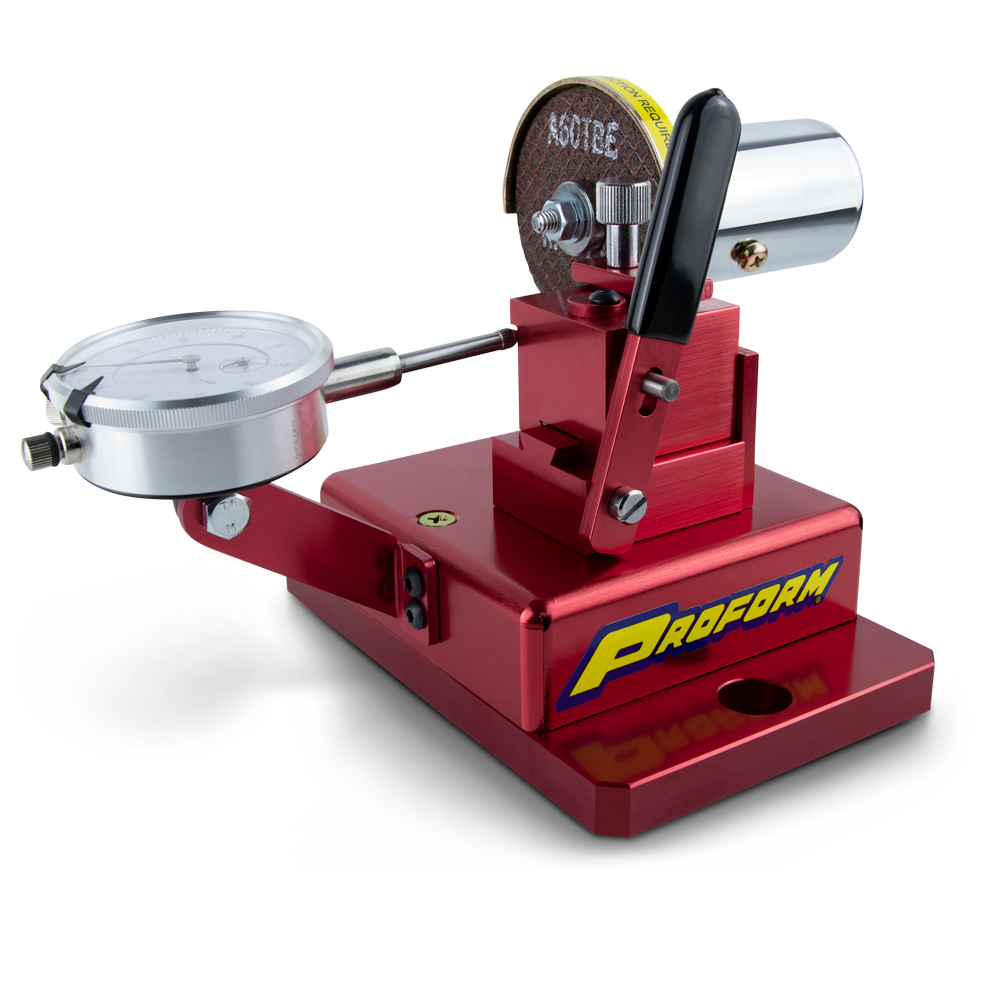
Summit Racing Equipment in Tallmadge, Ohio, has several recent advances. One of them is a flywheel turning tool aimed at engine builders, which allows the flywheel to be turned, rotating the internal assembly, especially when the engine and transmission are still in the car. Alan Rebescher explained, “It has a long handle that allows you to have an easier way of torquing the flywheel or harmonic balancer. Because of the handle, you don’t have to deal with breaker bars or getting your hand caught way down there with a torque wrench or impact wrench. It’s for checking timing when you’re trying to turn things. You can use it on flexplates and torque converters, so it’s really a very handy tool.”
Other goodies in Summit’s kit include a spark-plug gapping tool that holds the plug in place using a fixture with a handle, and combines feeler gauges for setting the gap. “That’s something that will be very useful at the track because you can use both hands to gap the plug, and it’s a lot more accurate than a feeler gauge alone,” Rebescher said.
Still another Summit work-saver is its timing cover alignment tool, intended for General Motors LS engines. This device helps locate the sensors and seals on both the front and rear covers when they’re being installed. The tool properly aligns the seals to prevent leaks.
BEYOND THE ENGINE
Some tools aimed at simpler tasks can yield big benefits. KNIPEX North America of Buffalo Grove, Illinois, specializes in marketing precision, German-made hand tools for a host of specified uses. One of the newest is its Spring Hose Clamp pliers, which come in lengths of 7 1/4 inches, 10 inches, and a 10-inch locking version. The pliers use a proprietary jaw design, with replaceable gripping edges, that takes the drudgery and aggravation out of removing hose clamps.
“You show these tools off, and it’s almost like, ‘Where has this tool been all my life?’” Peter Grable said. “What makes this tool great is that you can take a piece of radiator hose and the hose clamp, try to get the clamp off, and nothing seems to work. Once you line up the jaws on the clamp, you use the handle, and you can rotate it loose.”
KNIPEX also offers a related line of Click Clamp pliers, which are aimed at the sort of clamps that most users simply cut away instead of trying to reuse them. This tool will remove the clamp but will still allow you to reuse it. As Grable explained, “To put the clamp back on, you use the handle, and it will lock into place.”
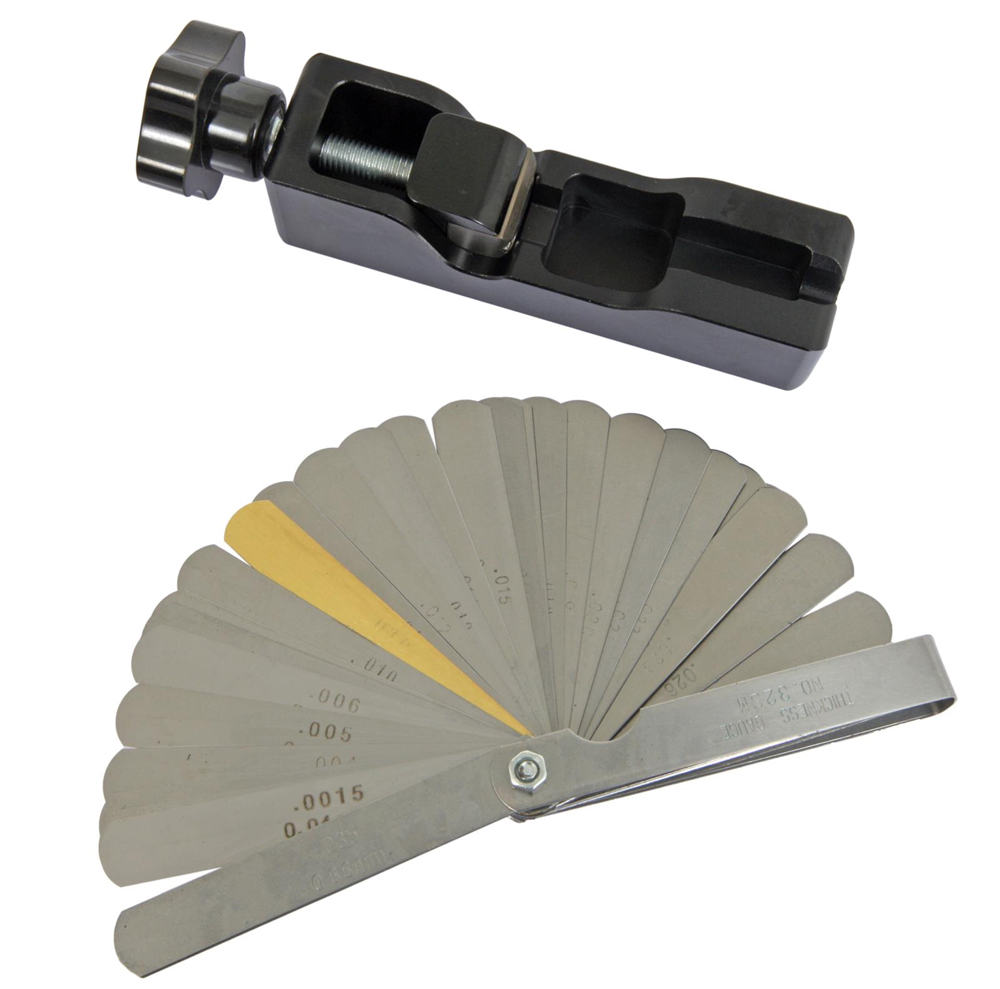
Speedway Motors of Lincoln, Nebraska, offers lines of tools that are useful in setting up a car and doing engine transplants. First, Speedway produces its WheelWise tire-measuring tool in several models for drag racing, street, and autocross applications. Greg Nicol explained that WheelWise is a measuring tool that helps the user with proper tire selection and wheel-offset calculations, with the goal of maintaining proper wheel clearance. The tool consists of a bolt-on hub mounting and a gauge to determine tire width. The tool is made from laser-cut and press-bent 12-gauge steel.
“You bolt the tool onto the hub, take the tire you want to run, adjust your width to match the rim width, turn the wheel once the tool’s mounted, and you can check all clearances for the wheel and tire,” Nicol said. “You can move the suspension through its travel to see what combination of tire and rim is going to be the perfect combination.” The WheelWise system comes in a variety of wheel diameters and with bolt patterns including four-lug, six-lug metric, and eight-lug for trucks. As Nicol explained, “If you work with 15-, 16- or 18-inch diameter, you set the tool to that rim width. The tool clamps around the bead of the tire, so you can check to see what will clear. This tool is aimed at the guy who’s in the building stages of his car.”
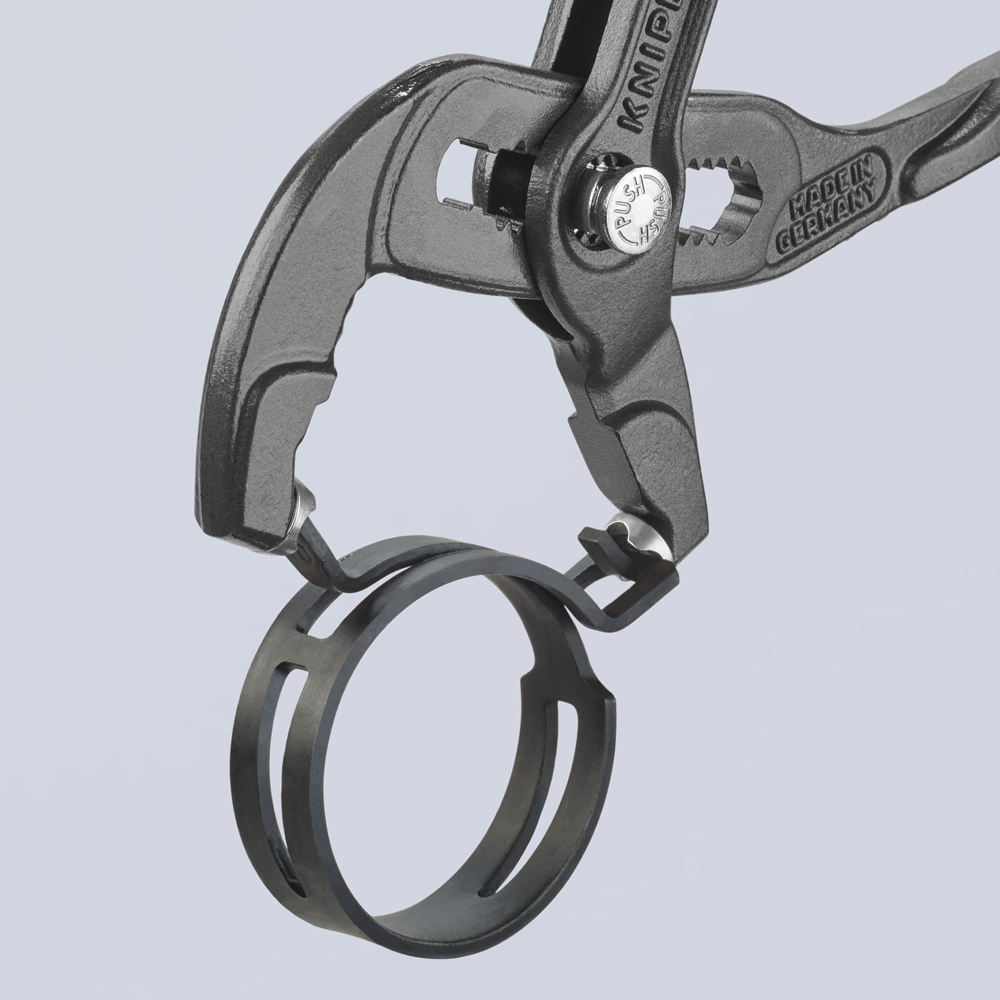
Speedway has another useful creation for the car-building process. Its SoloSwap system is a selection of mocked-up steel engines and transmissions that resemble popular engines including the LS. “It allows you to mock up your engine, valve covers, exhaust, drives, and pan,” Nicol said. “If you’re trying to put an LS into a Mustang, instead of wrestling with a 600-pound engine, you can use the 40-pound, laser-cut SoloSwap piece.” The system is available in LS, Ford Coyote, and Mopar Hemi applications, plus transmissions such as the GM 4L80-E.
Rebescher at Summit acknowledged that builders may have to repair a brake line that’s on the vehicle, not on a workbench. To that end, Summit offers its On-Car Flaring Tool, which allows the user to create 45-degree SAE double flares in 1/4-inch and 3/16-inch steel, copper, or nickel tubing, even in confined spaces. With the handle removed, the tool can also be locked in a bench vise for making flares. It’s sold with 1/4-inch and 3/16-inch punches, plus positioning bolts and lubricant.
Goodson is actively marketing its line of abrasive tools, which include proprietary-design polishing and surfacing belts. “Customers may have old tools that they can’t find belts for, but we make them custom and ship them out in two or three days,” Orlikowski said. “They’re for belt grinders, cylinder head resurfacers, and crankshaft polishers. People can save themselves some time and money if they have the right tool in the box to clean up, rather than sending the part out to a specialty shop.”
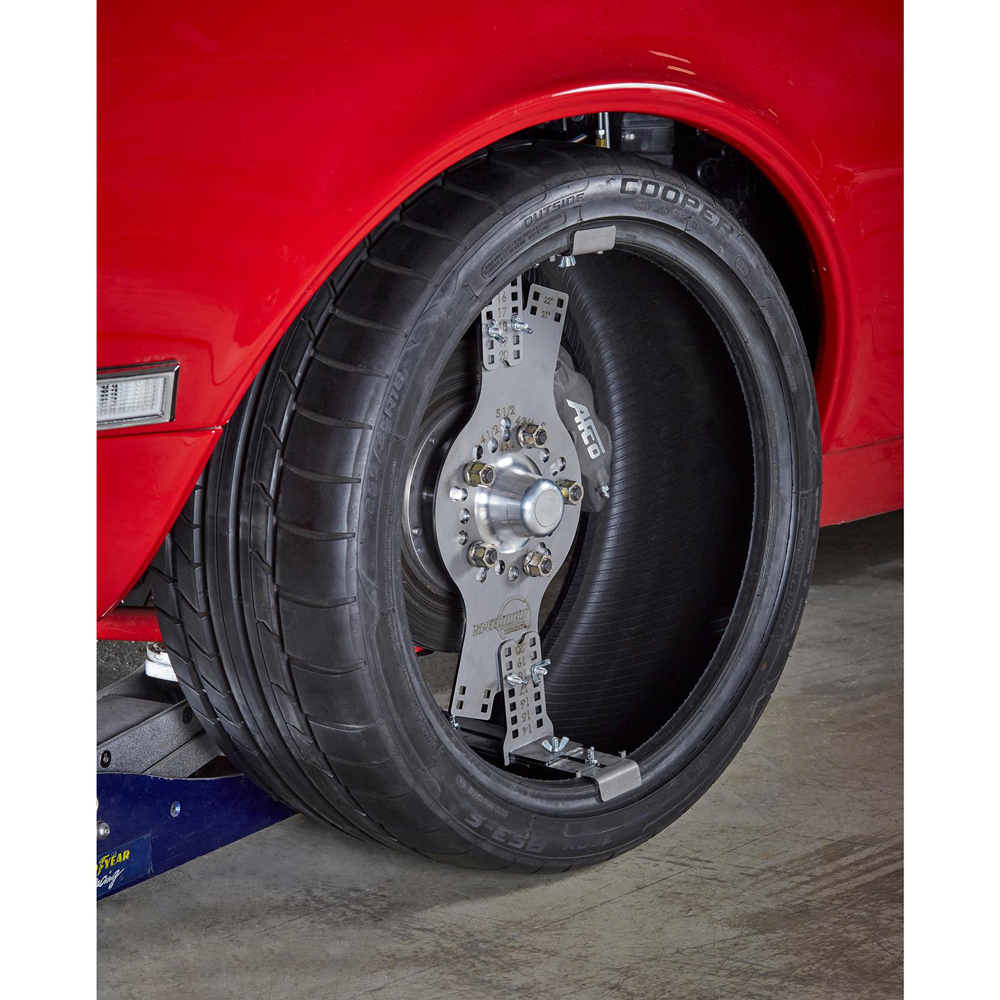
It’s a service, not a product, but Total Seal offers teams used-oil analysis, using a prepaid mailer to send in oil samples for examination with about a one-week turnaround period. A three-day option is available for those who need the news even faster. “The reality is that with analysis, you’re able to know the health of the engine as a whole,” Speed explained. “The test looks at all wear metals in the oil. If one cylinder is off 25%, and there is a ton of aluminum and iron, you know you scuffed the piston. If the iron is elevated, and there’s a ton of dilution in the fuel, you have fuel leaking down into the sump. Maybe there’s a leak in the injectors, which caused that cylinder to wash down. You can begin to understand what part of the engine is wearing. I perform the oil analysis based on oil diagnostics.”
Finally, PROFORM’s oil filter cutter is a good way to get at the oil that programs like Total Seal’s oil testing can evaluate. “The tool is essentially like a giant can opener that cuts open the filter and allows you to test the oil. It’s like doing blood work,” Salata concluded.
SOURCES
Bonefied Customs
bonefiedtools.com
CCA Racing Products
ccaracing.com
Goodson Tools & Supplies
goodson.com
KNIPEX Tools
knipex-tools.com
PROFORM Parts
proformparts.com
Speedway Motors
speedwaymotors.com
Summit Racing Equipment
summitracing.com
Total Seal
totalseal.com
 MEMBERSHIP LOGIN
MEMBERSHIP LOGIN JOIN PRI
JOIN PRI


